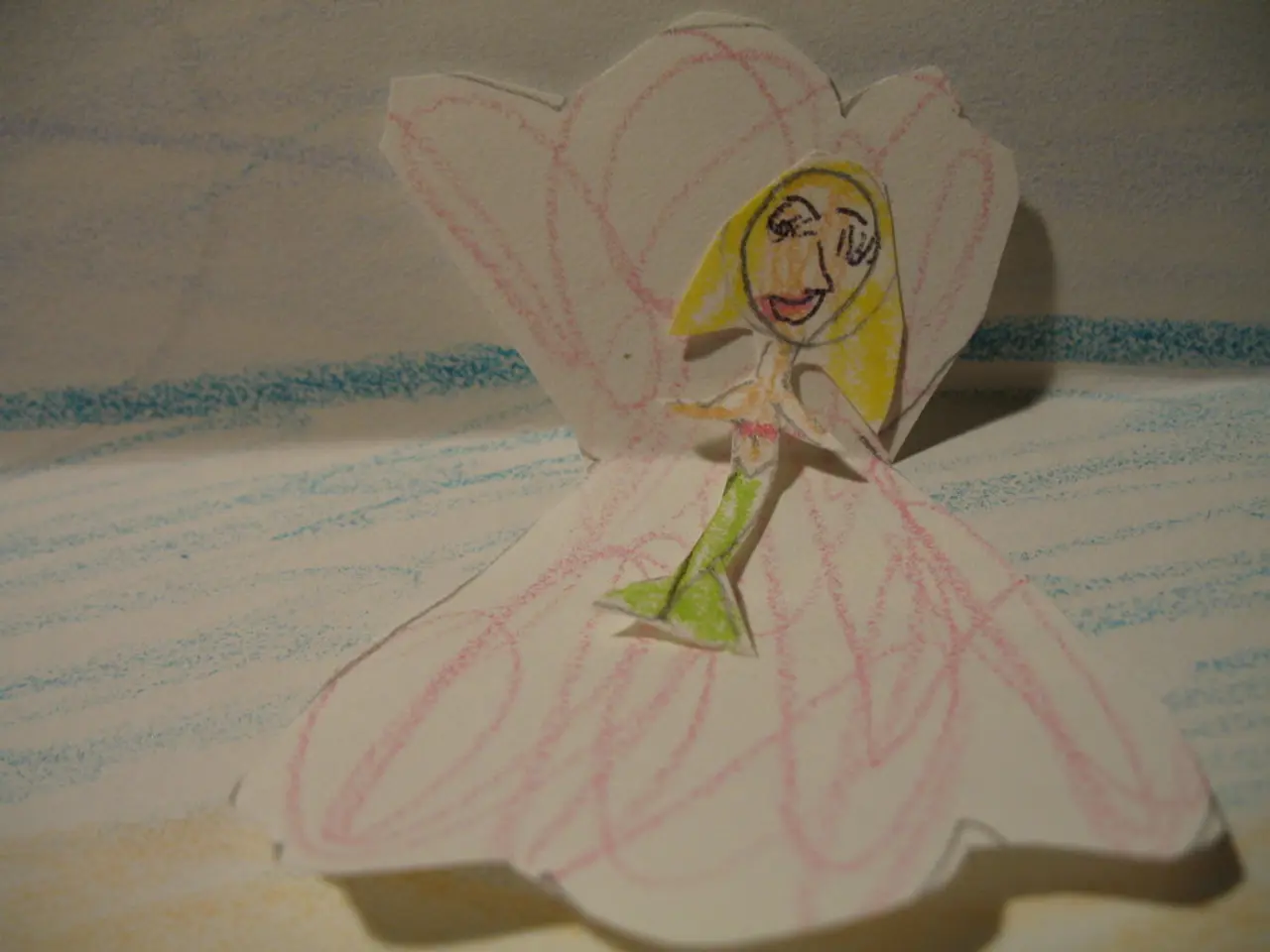Top Edo Period Print Memorable Museums in Japan for a Visual Delight
The Ota Memorial Museum of Art in Tokyo, founded in 1977, stands as the top museum in Japan to admire Edo-period ukiyo-e woodblock prints. With a collection of around 15,000 works by masters such as Katsushika Hokusai, Utagawa Hiroshige, and Kitagawa Utamaro, it houses one of the world’s largest and most comprehensive ukiyo-e collections [1][3][5].
Other museums in Japan that are renowned for their ukiyo-e collections include the Tokyo National Museum and the Nezu Museum. The Tokyo National Museum, with its extensive collection of Japanese art, offers a broad view of ukiyo-e, while the Nezu Museum boasts important ukiyo-e and traditional Japanese art collections [5].
The Ota Memorial Museum of Art concentrates exclusively on ukiyo-e, showcasing both woodblock prints and original paintings. The museum rotates monthly exhibitions of about 80–100 curated works from its vast holdings, offering visitors a fresh perspective with each visit. Educational events like curator talks on ukiyo-e and Edo culture are also available [1][3][5].
Located near Harajuku Station in a tranquil setting, the Ota Memorial Museum provides an ideal atmosphere for appreciating the art. Other museums known for their ukiyo-e collections, such as the Tokyo National Museum and the Nezu Museum, are broader art museums rather than specialized ukiyo-e institutions.
In addition to the Ota Memorial Museum, the Sumida Hokusai Museum in Tokyo is dedicated to the works of Katsushika Hokusai, the most famous Japanese artist. The museum presents Hokusai's major works, including originals from the Thirty-six Views of Mount Fuji, sketchbooks, illustrated books, and vibrant pigment prints [2][4].
The Sumida Hokusai Museum also offers an immersive section exploring Hokusai's travels, pseudonyms, and collaborations. The Adachi Institute of Woodcut Prints, located in the Mejiro district of Tokyo, is a workshop that preserves traditional printing techniques, producing faithful reproductions of the works of great masters of woodblock printing by hand [6].
The MOA Museum of Art in Atami, Shizuoka, offers a unique presentation of Japanese art prints with a view of the Pacific Ocean. The museum's collection includes pieces by Torii Kiyonaga, Suzuki Harunobu, and rare sheets of illustrated albums [7]. The Itsuo Art Museum in Ikeda, Osaka, houses a private collection of over 10,000 Japanese woodblock prints from the Edo period [8].
The Itsuo Art Museum, founded by playwright and patron Kobayashi Ichizo, hosts temporary exhibitions and events related to Japanese art and culture. The museum is located in a modest building surrounded by bamboo, providing a serene setting for appreciating the art [9].
The Itsuo Art Museum's collection includes works by Hokusai, Hiroshige, and Utamaro, among other famous ukiyo-e artists. The MOA Museum of Art houses a 17th-century tea pavilion, a Japanese garden, and various objects related to the visual culture of the Edo period [10].
In conclusion, for those interested in studying and admiring Edo-period ukiyo-e prints, the Ota Memorial Museum of Art in Tokyo is the top museum, followed by prominent museums such as the Tokyo National Museum and the Nezu Museum. These museums offer a wealth of information and a diverse range of works to explore the beauty and rich history of ukiyo-e.
[1] https://www.otamuseum.or.jp/en/ [2] https://www.sumidahokusai.or.jp/en/index.html [3] https://www.japan-guide.com/e/e3078.html [4] https://www.japan-guide.com/e/e3079.html [5] https://www.japan-guide.com/e/e2981.html [6] https://www.adachi-museum.jp/en/ [7] https://www.moa.or.jp/en/ [8] https://www.itsuomuseum.jp/en/ [9] https://www.itsuomuseum.jp/en/about/ [10] https://www.moa.or.jp/en/about/
After visiting the Ota Memorial Museum of Art to appreciate Edo-period ukiyo-e woodblock prints, consider exploring lifestyle magazines for home-and-garden inspiration and travel journals for new destinations. Companion museums, like the Tokyo National Museum and the Nezu Museum, provide a broader perspective on Japanese art, while the Sumida Hokusai Museum focuses exclusively on the works of Hokusai. Meanwhile, the MOA Museum of Art in Atami offers a unique backdrop for ukiyo-e prints, with a view of the Pacific Ocean. If traveling to Osaka, the Itsuo Art Museum houses a large collection of Edo-period woodblock prints, complemented by temporary exhibitions and events.




